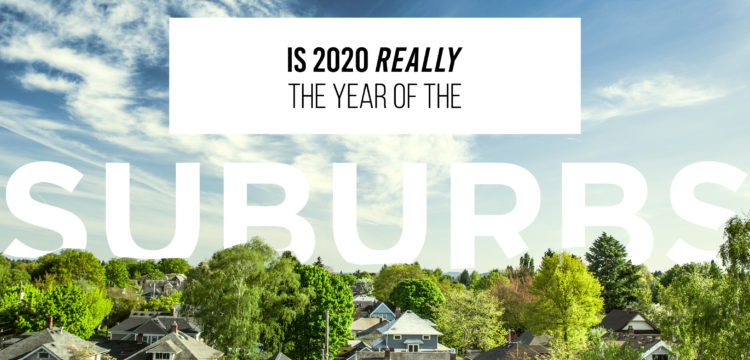Each month, senior consultants from RCLCO Real Estate Advisors come together to discuss housing trends in the age of COVID-19. Perhaps the most widely debated topic of 2020 is the flight to the suburbs, and whether that’s fact or fiction. Many have speculated that the COVID-19 pandemic has driven households away from big cities like New York and Chicago, to lower density places in the suburbs.
Moderated by Joshua A. Boren, director of business development at RCLCO, the webinar focused largely on single-family homes, drivers as to why homebuyers are flocking to the suburbs and what buyers can expect in 2021.
“The suburbs are definitely booming,” Gregg Logan, managing director of RCLCO, confirmed in the webinar. “Clearly, the housing market has been strongest in lower-density, single-family suburban markets.” He also noted that the strongest growths have occurred in housing starts and permits, and single-family homes in both suburban and rural areas.
So what exactly, besides the pandemic, is driving homebuyers to single-family homes more and more — especially in suburban areas and away from big cities? Logan pointed to tight inventory, rising costs, the work from home new normal, high unemployment and college students moving home as all drivers.
RCLCO Managing Director Todd LaRue also echoed his counterpart, while highlighting specifically how small and midsize markets have risen in popularity. “You also see large coastal cities that have seen outflows while midsize and small markets have seen inflows,” he remarked.
Sales of new single-family homes are well up over 2019 pace. Moreover, Zillow data also found that more people are looking at larger homes that tend to be suburban. This has been a trend over the year.
Another interesting findings that RCLCO noted included how home pries have continued to rise faster than incomes, pushing household toward single family rentals.
As for what homebuyers can expect in the new year? “2021 looks to be another strong year for single-family home sales,” Logan said.


